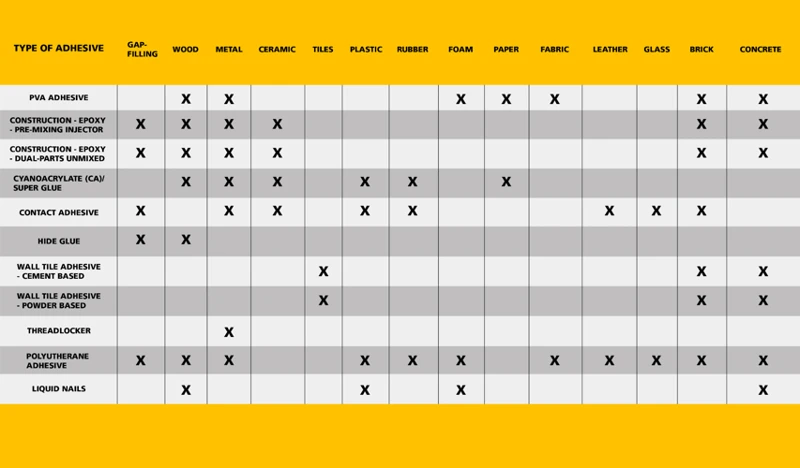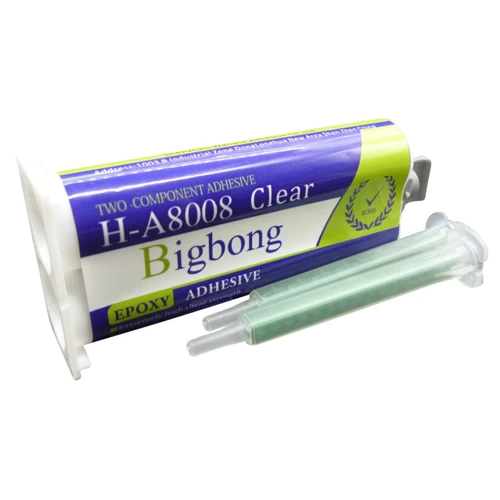Stone is a timeless and durable material that has been used in construction and art for centuries. While its strength is unquestionable, there are occasions when two stone pieces need to be joined together — be it for restoration, landscaping, or crafting purposes. This is when the role of stone adhesives becomes crucial. Understanding how to glue stone to stone is essential for ensuring a strong and lasting bond. With the right preparation and materials, you can create a seamless join that stands the test of time.
How to Glue Stone to Stone
Step 1: Preparing the Stone Surfaces
To achieve a strong adhesion, starting with a clean surface is imperative. Begin by brushing off any loose debris from the stone surfaces. If the stones are dirty, wash them with soapy water and allow them to dry completely. Abrading the surfaces with sandpaper can create a rougher texture that enhances the grip of the adhesive. Make sure to remove all dust after sanding.
Step 2: Selecting the Best Adhesive for Exterior Stone
Choosing the right adhesive is critical for outdoor applications where the bond will be exposed to the elements. The best adhesive for exterior stone must be able to withstand temperature fluctuations, moisture, and UV exposure without losing its integrity. Epoxy and polyurethane adhesives are often recommended for their strength and durability in outdoor conditions.
Step 3: Applying the Adhesive for Bonding Stone to Stone
After surface preparation, it’s time to apply the adhesive. Carefully read the manufacturer’s instructions before starting. Generally, you’ll need to mix two components before use. Apply a generous amount of the adhesive to one surface, ensuring full coverage. Press the stones together, slightly twisting them to spread the glue.
Step 4: Clamping and Curing the Stones
Once the stones are joined, they need to be held firmly in place while the adhesive cures. Clamping can be done using mechanical clamps or weights. The curing time varies based on the adhesive type and environmental conditions. Do not disturb the stones until the adhesive has fully set, which could take anywhere from several hours to a few days.
Specific Stone Gluing Techniques
How to Glue Garden Stones Together
Gluing garden stones requires an adhesive that can cope with soil moisture and weather changes. Landscape adhesives, designed for such purposes, are ideal. They can bond stones in flower beds, pathways, or around ponds, creating beautiful and enduring garden features.
How to Bond Stone to Stone for Larger Projects
For larger structures like stone walls or sculptures, using a heavy-duty construction adhesive is the way to go. These adhesives are formulated to support more significant weight and provide a bond that can bear the load of large stone blocks or slabs.
How to Join Stones Together in Various Conditions
- Indoor Conditions: For interior projects, you can use a wider range of adhesives, including silicone-based ones, which are easier to work with and clean up.
- Wet Conditions: Silicone and polyurethane adhesives are suitable for wet environments as they are water-resistant.
- Freezing Conditions: Choose adhesives that are labeled as frost-proof. These will not crack or lose adhesion in cold weather.
Adhesive Options and Their Properties
Comparing Stone Adhesives: Strength and Durability
Different adhesives offer various levels of strength and durability. Epoxies are known for their high bonding strength and resistance to chemicals, making them an excellent choice for heavy-duty applications. Acrylic adhesives, on the other hand, are less robust but offer more flexibility, which can be beneficial for certain types of stone that may expand or contract.
Weather Resistance: Finding the Best Adhesive for Outdoor Stone Bonds
Outdoor stone bonds must endure harsh weather conditions. When evaluating adhesives for weather resistance, look for products that specifically state they are waterproof, UV-resistant, and able to withstand temperature extremes. This will ensure the longevity of the bond regardless of the environment.
Tips for a Successful Stone Gluing Project
Success in stone bonding comes down to preparation, choosing the right adhesive, and patience during the curing process. Always ensure surfaces are clean and dry, select an adhesive suited for the specific stone and environmental conditions, and allow ample time for the adhesive to cure completely before handling the bonded stones.
Troubleshooting Common Stone Gluing Issues
Issues can arise when bonding stone to stone. If the bond fails to set, it could be due to unclean surfaces, inadequate adhesive, or insufficient curing time. Ensure that all surfaces are properly prepared, use the correct amount of adhesive, and follow the curing time guidelines to avoid these problems.
FAQs: How to Stick Stone to Stone and More
Questions often arise about how to stick stone to stone. Can I use superglue? How do I remove excess adhesive? Superglue is generally not recommended for stone as it lacks the necessary strength and durability. Excess adhesive can often be scraped off after curing, but always check the manufacturer’s recommendations for the best results.
When undertaking a project that involves attaching stone to stone, it’s crucial to use the right techniques and adhesives to ensure a secure bond. If you’re exploring how to achieve durable adhesion between different materials, you might also be interested in learning about related processes. For example, if your project requires attaching metal to stone, our guide on how to glue metal to stone can provide you with the necessary steps and tips. Similarly, if you need to adhere stone to wood, our article on how to glue stone to wood will be of great help. And for those curious about joining marble to metal, we have a dedicated piece on how to glue marble to metal that outlines the best practices for such a task. Each guide is designed to help you navigate the complexities of gluing different materials together with confidence and success.
Conclusion: Mastering the Art of Stone Bonding
Mastering how to glue stone together is an invaluable skill that can elevate your DIY projects, home renovations, or professional craftsmanship. With the knowledge of surface preparation, choosing the appropriate adhesive, and understanding the nuances of different stone types, you can achieve durable and aesthetically pleasing results that last for years to come.



